As much as I love spending the night under the stars and indulging in a little night sky photography from time to time, I had never had the opportunity to observe a comet with my own eyes. When a buddy of mine recently told me about the NEOWISE comet, I knew I needed to observe it for myself.
I spent three nights scouting locations around Oahu for a good view of the comet. As is often the case with night photography, I ran into several hurdles that prevented me from spotting the comet. My first night out, the stars were washed out by a bright moon and light pollution from nearby towns. Light pollution is not always deal breaker for night photography, it doesn’t help and should be avoided if trying to shoot the stars. On another night, my view was completely blocked by a blanket of clouds. For my next outing, I put a little more planning into my “expedition”. I went through an entire checklist:
- Check the moon phase, when it would rise and set
- Checked a light pollution map
- Checked and rechecked the weather
- I looked at a map to make sure no buildings or mountains would obstruct my view of the sky
- finally I crossed my fingers literally hoping the stars would align…
I decided to try shooting from some tide pools that I liked. The light pollution situation was no great, but it was still darker than many other places around Oahu. As we were walking out in the water, we began to notice our feet sparkling. Bioluminescent algae were all over the tide pool floor. These are planktonic dinoflagellate algae known as Noctiluca scintillan, meaning night flash in latin. This peculiar behavior (if you can say that algae exhibit behavior) is a response to a disturbance to the dinoflagellates body in the water. For this reason, you may sometimes see faint sparks in the shore break at night, glowing grains of sand on the beach or dim flashes of light under water when night diving in Hawaii.
As we carefully stepped over the jagged rocks and approached the elevator shaft, we caught our first glimpse of the comet!
NEOWISE can be challenging to see with the naked eye. In fact I don’t know that I would have ever spotted it, if it hadn’t been for some stranger who pointed it out to me from the beach (Thank you stranger!). Our eyes could only vaguely discern the faint light trail in the night sky. We really had to focus and allow our night vision to build up for a few minutes in order to see it, but even then we constantly lost sight of it… The comet gave off a similar level of luminosity to the milky way, but is much smaller and therefore more difficult to spot.
As the evening grew darker, the comet seemed to shine brighter. Unfortunately, NEOWISE slipped below the horizon just 1.5 hours after sunset. Although the window of opportunity to observe this comet is narrow, it only makes it that much more special. If you are reading this within the next 2-3 weeks of me posting, then you still have a good chance of spotting the comet for yourself, if you are in the northern hemisphere. If you would like to capture a picture of it, be sure to use a a tripod. Your exposure will be similar to milky way photography settings: widest aperture your lens can handle, ISO between 1250 and 2000, and a shutter speed between 20-25 sec (depending on the focal length of your lens).
Comets are one of our universe’s most beautiful astral phenomenon. At its core, NEOWISE is a giant fragment of burning ice. This large cosmic snowball traveled through space for millennia until it approached the sun and began to heat up. This heat caused the ice to spew out gases and dust. As this debris catches the light of the sun, we observe the bright long tail trailing behind the comet. NEOWISE is about 2 miles in diameter, or the size of a small town, and is traveling at a speed of about 144,000 mph (or 40 miles per second). As I’m typing this, comet NEOWISE is reaching its closest proximity to Earth. Fortunately, we don’t need to worry about it hitting our planet as it is still 64 million miles away (roughly 2/3 of the distance between the Earth and the Sun). This comet received it’s name, NEOWISE C/2020 F3, from the NASA space telescope it was discovered by: the Near-Earth Object Wide-field Infrared Survey Explorer. It’s designation C/2020 F3 indicates that it is: “C” a comet, “2020” the year it was discovered, “F” means refers to the time of year it was discovered (second half of march) and “3” indicates that it was the third comet identified in that half of the month. You should definitely take the opportunity to see if you can, as astronomers predict that it will take this comet nearly 7000 years to be visible again after it drifts away.
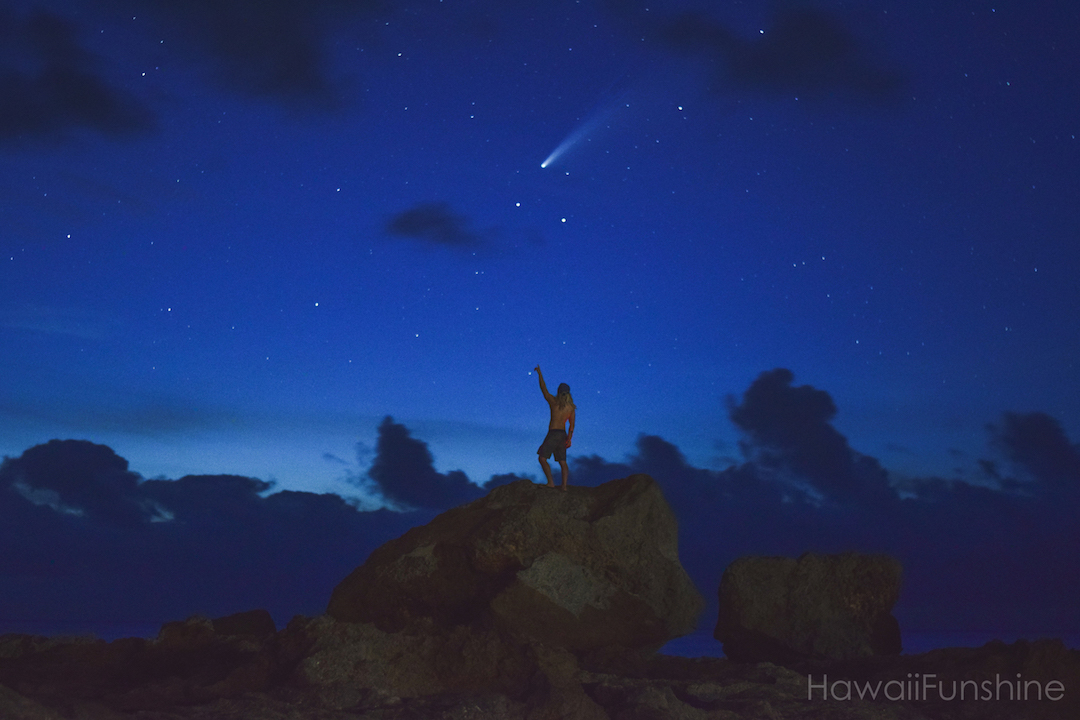
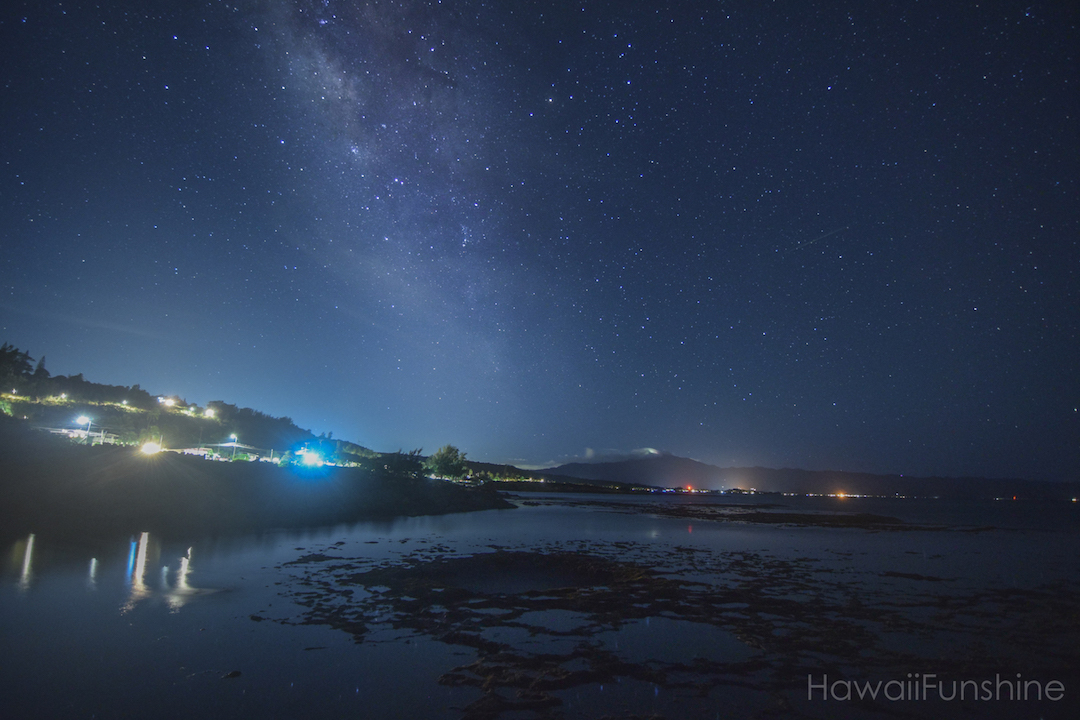
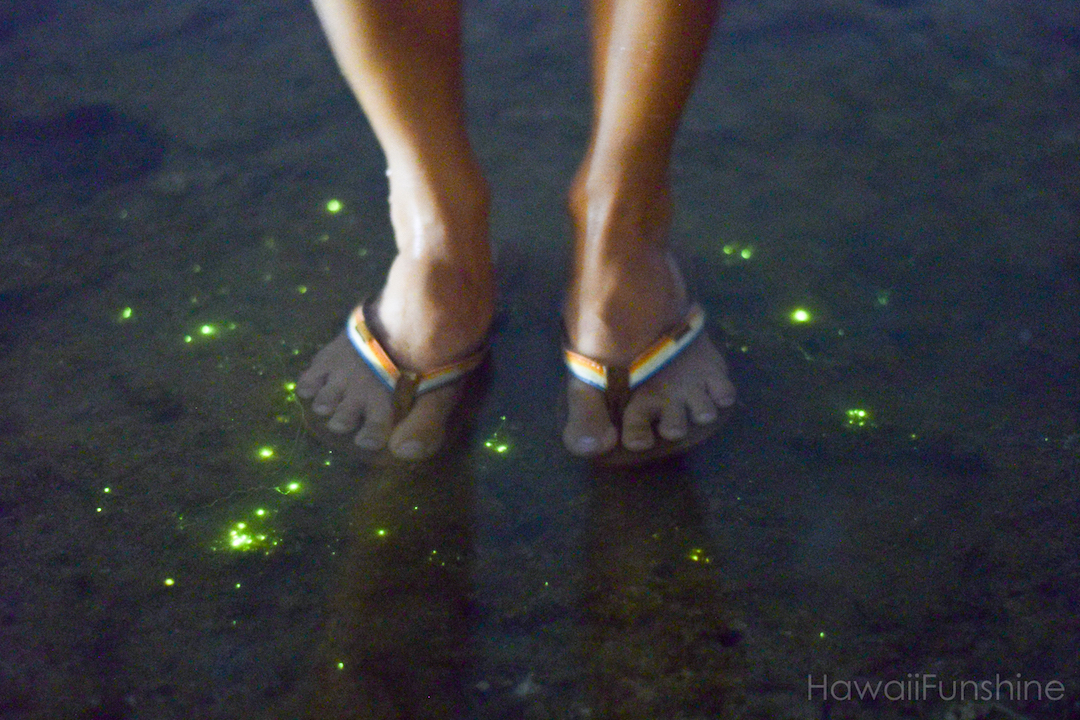
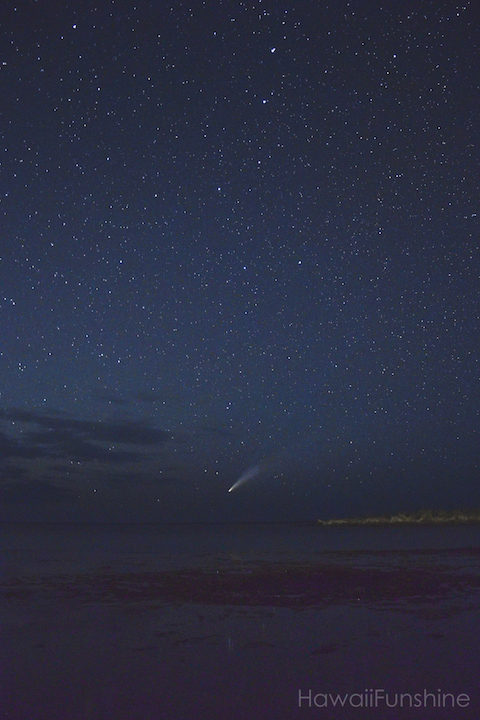
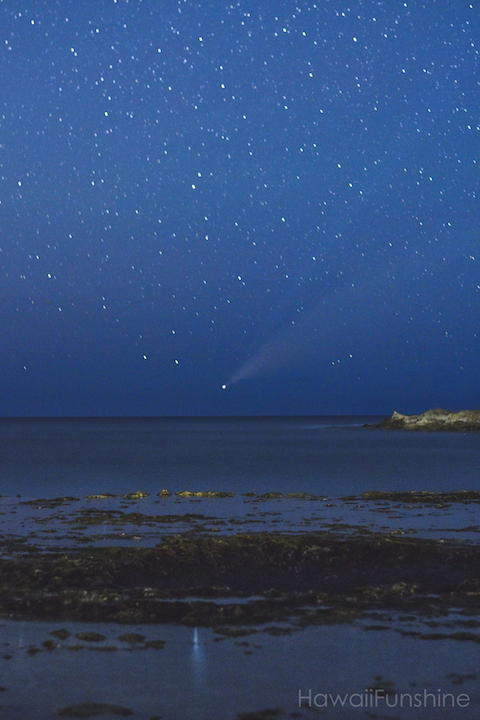
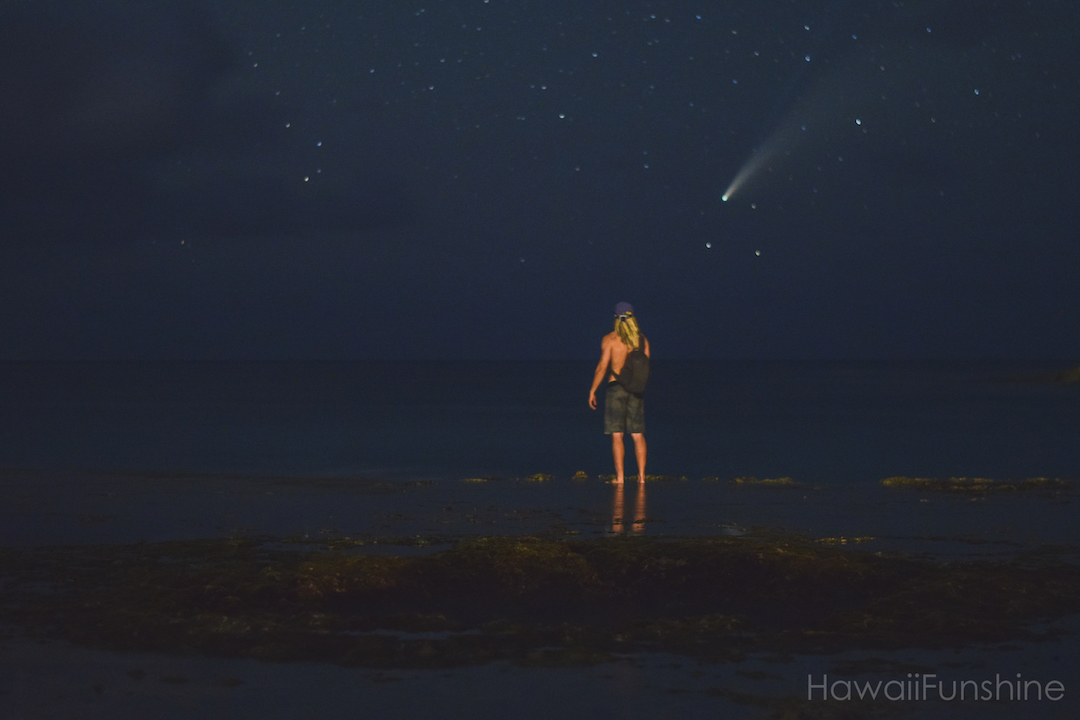
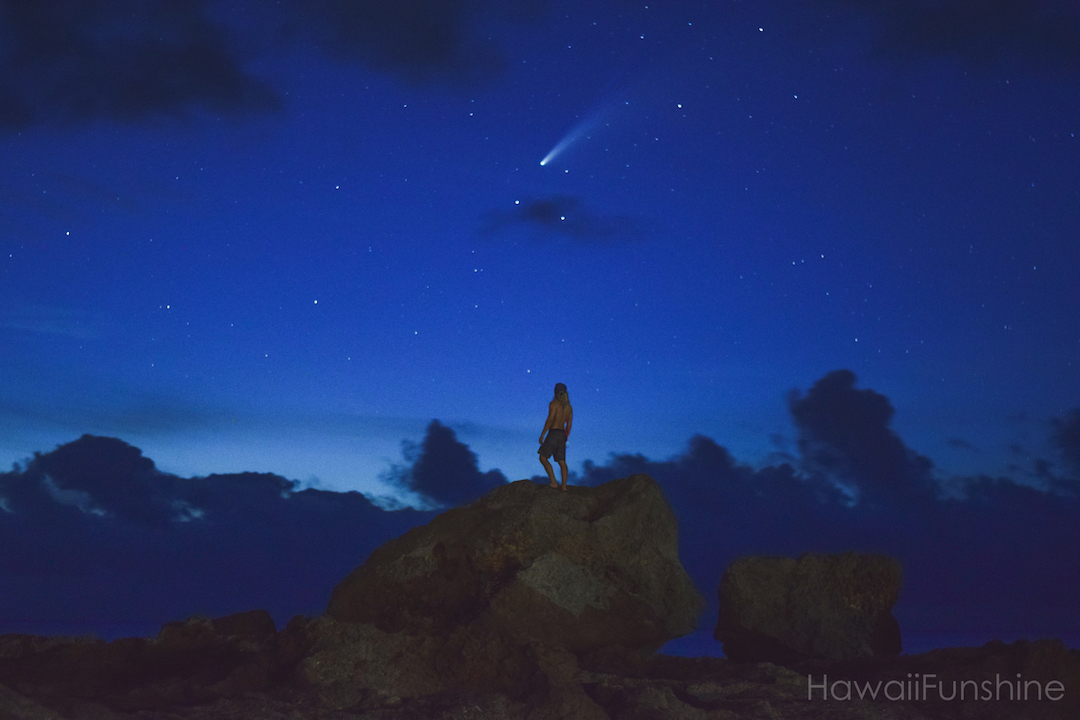
Whoa! How cool! Those feet thou…
LOL! If that’s what you’re into…